- Home
- Video Courses
- Certifications
- MS-721: Collaboration Communications Systems Engineer Dumps


MS-721: Collaboration Communications Systems Engineer Certification Video Training Course
MS-721: Collaboration Communications Systems Engineer Certification Video Training Course includes 21 Lectures which proven in-depth knowledge on all key concepts of the exam. Pass your exam easily and learn everything you need with our MS-721: Collaboration Communications Systems Engineer Certification Training Video Course.
Curriculum for Microsoft MS-721 Certification Video Training Course





MS-721: Collaboration Communications Systems Engineer Certification Video Training Course Info:
The Complete Course from ExamCollection industry leading experts to help you prepare and provides the full 360 solution for self prep including MS-721: Collaboration Communications Systems Engineer Certification Video Training Course, Practice Test Questions and Answers, Study Guide & Exam Dumps.
Comprehensive Guide to Microsoft Teams Direct Routing with All SBCs – MS-721
Introduction to the Course
This training course is designed to prepare you thoroughly for the MS-721 exam, focusing on Microsoft Teams Direct Routing with all Session Border Controllers (SBCs). The course will help you gain in-depth knowledge of how Direct Routing integrates with various SBCs, enabling organizations to connect their telephony infrastructure to Microsoft Teams.
Importance of Direct Routing
Direct Routing is essential for enterprises that want to retain their existing telephony systems while leveraging Microsoft Teams as their primary communication platform. This course highlights the practical implementation of Direct Routing and its compatibility with different SBC vendors.
Key Learning Outcomes
By the end of this course, you will understand how to configure and manage Direct Routing in Microsoft Teams. You will also learn about the different SBCs supported by Microsoft, their specific requirements, and best practices for deployment.
Why This Course Matters
The modern workplace relies heavily on unified communications. Direct Routing enables seamless voice communication by linking traditional telephony infrastructure to Microsoft Teams. Understanding this technology ensures you can design, deploy, and troubleshoot voice solutions that enhance collaboration.
Target Audience for the Course
This course is suitable for communication engineers, system administrators, voice architects, and IT professionals who work with Microsoft Teams telephony solutions. If you are involved in managing or deploying Teams Direct Routing, this course will provide you with the necessary skills.
Course Format and Approach
The training is divided into modules that cover theory, configuration, hands-on practices, and real-world scenarios. This blended approach ensures you get both conceptual knowledge and practical experience.
Modules
Module 1: Fundamentals of Microsoft Teams Direct Routing
This module introduces the core concepts of Direct Routing in Microsoft Teams. You will learn about the role of SBCs, how Teams integrates with telephony, and the architecture involved.
Understanding Microsoft Teams Telephony Ecosystem
We will cover the broader Teams ecosystem and explain how Direct Routing fits within Microsoft’s voice and collaboration infrastructure.
Basics of Session Border Controllers (SBCs)
Here, the course dives into what SBCs are, their functions, and why they are critical for secure and reliable voice connectivity in Direct Routing.
Module 2: Supported SBCs and Vendor Interoperability
This section focuses on the different SBCs officially supported by Microsoft for Direct Routing. You will explore each vendor’s offerings, differences, and unique configurations.
Vendor Specific Features and Requirements
Understand how to configure Direct Routing with SBCs from various vendors. Learn about vendor-specific settings, firmware considerations, and support matrices.
Interoperability Challenges and Solutions
Learn about common interoperability issues and how to address them when working with multiple SBC vendors in a Direct Routing setup.
Module 3: Deploying Microsoft Teams Direct Routing
This module provides a step-by-step guide to deploying Direct Routing in an enterprise environment. It covers prerequisites, configuration, and best practices.
Planning Your Direct Routing Deployment
Understand how to assess your telephony infrastructure, design call flows, and plan for failover and redundancy.
Configuring SBCs for Teams Integration
Learn how to prepare and configure SBCs to work seamlessly with Microsoft Teams. This includes SIP trunk configuration, security settings, and routing policies.
Integrating with Microsoft Teams Admin Center
Discover how to manage Direct Routing within the Teams Admin Center and PowerShell. This includes voice routing policies, PSTN usage, and dial plans.
Module 4: Troubleshooting and Optimizing Direct Routing
This final module equips you with tools and techniques to troubleshoot Direct Routing issues and optimize system performance.
Common Issues in Direct Routing Deployments
Explore frequent problems such as call failures, registration errors, and media path issues. Learn how to diagnose and fix these problems effectively.
Using Logs and Monitoring Tools
Learn how to use Microsoft tools and SBC vendor tools for monitoring call quality, registration status, and other vital metrics.
Best Practices for Maintenance and Updates
Understand how to keep your Direct Routing environment secure and up-to-date, including firmware upgrades and policy adjustments.
Course Structure
Hands-On Labs and Simulations
Throughout the course, you will engage in hands-on labs that simulate real-world configurations and troubleshooting scenarios. These practical exercises reinforce your learning.
Assessments and Quizzes
Each module contains quizzes and assessments to test your understanding and ensure you are ready for the MS-721 exam.
Resources and Support
You will have access to documentation, video tutorials, and community forums for ongoing support and knowledge sharing.
Requirements of the Course
Prerequisite Knowledge
Before starting this course, you should have a solid foundation in Microsoft Teams and general networking concepts. Familiarity with VoIP technology and telephony principles will be highly beneficial. This background helps you grasp Direct Routing concepts more quickly.
Basic Understanding of Microsoft Teams
Since this course dives deeply into Teams Direct Routing, it’s essential to be comfortable navigating Microsoft Teams itself. You should know the basics of Teams collaboration, meetings, and calling features.
Networking Fundamentals
A strong grasp of networking fundamentals such as IP addressing, DNS, routing, and firewall configurations is required. These concepts are critical when dealing with SBC configurations and ensuring connectivity between Teams and telephony infrastructure.
Knowledge of SIP Protocol
Session Initiation Protocol (SIP) is at the core of Direct Routing communication. Understanding SIP signaling, message flow, and common SIP-related issues will help you troubleshoot and configure SBCs more effectively.
Experience with Voice Infrastructure
Prior experience working with voice systems such as PBXs, SIP trunks, and PSTN gateways is important. It allows you to appreciate the integration challenges and design considerations that come with Direct Routing deployments.
Familiarity with Windows PowerShell
Microsoft Teams administration, including Direct Routing setup, often involves using Windows PowerShell. Comfort with scripting and command-line tools is essential for managing configurations, policies, and advanced settings.
Understanding Security Concepts
Security plays a major role in Direct Routing. You should understand basic concepts like TLS encryption, certificate management, and firewall rules. These are necessary to ensure secure communication between Teams and your SBCs.
Basic Troubleshooting Skills
Being able to identify and solve technical issues quickly is a must. Troubleshooting skills related to network connectivity, SIP signaling, and SBC logs will be heavily used throughout the course and in the field.
Hardware and Software Requirements
Supported SBCs
The course assumes you have access to one or more supported Session Border Controllers. Microsoft maintains a list of certified SBCs from various vendors. Access to these devices will help you practice configuration and deployment scenarios.
Microsoft 365 Tenant with Teams Licensing
A Microsoft 365 tenant with appropriate Teams licenses is required for hands-on practice. This allows you to configure Direct Routing and test call flows within a live environment.
Windows Client Machine
You need a Windows client PC or virtual machine capable of running PowerShell and accessing the Teams Admin Center. This environment supports management and configuration tasks.
Network Infrastructure
An environment with network devices such as routers, firewalls, and switches configured for SIP traffic is necessary. This setup helps simulate real-world scenarios including NAT traversal and traffic routing.
Access to Documentation and Tools
Access to Microsoft’s official documentation, vendor SBC manuals, and diagnostic tools is critical for completing course exercises and troubleshooting.
Time Commitment and Study Plan
Recommended Study Hours
The course content is designed to be comprehensive, requiring a significant time investment. Expect to spend several hours each week studying theory, completing labs, and reviewing materials.
Self-Paced Learning Flexibility
You can progress through the modules at your own pace. This flexibility allows you to balance this course with your professional and personal commitments.
Practice with Hands-On Labs
Allocating time for hands-on labs is essential. Practical experience reinforces theoretical concepts and prepares you for real-world deployments.
Review and Revision Period
Plan time for review sessions and revisiting difficult topics. Regular revision helps deepen your understanding and retention of complex material.
Technical Skills Required
Configuring Network Devices
You should be comfortable configuring network devices such as firewalls to allow SIP and media traffic. This includes setting up port forwarding, Quality of Service (QoS), and security policies.
Managing Certificates
Understanding how to manage TLS certificates is vital. You will need to generate, install, and troubleshoot certificates used to secure Direct Routing connections.
PowerShell Scripting
Experience writing and executing PowerShell scripts helps automate configuration tasks and manage Teams voice policies effectively.
Monitoring and Diagnostics
Skills in monitoring network traffic, analyzing logs, and using diagnostic tools are needed to identify and resolve issues during deployment and operation.
Soft Skills and Professional Attributes
Problem-Solving Abilities
The course requires strong analytical thinking to troubleshoot complex Direct Routing configurations and interoperability issues.
Attention to Detail
Accurate configuration of SBCs, routing policies, and security settings demands meticulous attention to detail to avoid misconfigurations.
Communication Skills
Good communication is important for collaborating with different teams such as network engineers, security specialists, and end-users during deployment projects.
Continuous Learning Mindset
The technology landscape evolves rapidly. Being open to ongoing learning ensures you stay current with new features, updates, and best practices.
Prerequisite Courses or Certifications
Recommended Microsoft Certifications
While not mandatory, having certifications like Microsoft 365 Certified: Teams Administrator Associate can provide a strong foundation for this course.
Relevant Networking Certifications
Certifications such as CompTIA Network+ or Cisco CCNA help solidify your networking knowledge, complementing the Direct Routing concepts.
Prior Training on SBC Technologies
Experience or training on SBC vendor platforms is helpful for understanding device-specific configurations and troubleshooting.
Environment Setup for the Course
Lab Environment Configuration
You should set up a lab environment that includes a Microsoft 365 tenant, SBC virtual or physical devices, and client endpoints for testing call flows.
Access to Admin Portals
Ensure you have access to Microsoft Teams Admin Center and SBC management interfaces to configure and monitor Direct Routing components.
Software Installation
Install required tools such as Windows PowerShell, Microsoft Teams client, and any vendor-specific management utilities.
Network Setup
Configure your lab network to simulate typical enterprise scenarios, including NAT, firewall rules, and SIP traffic management.
This course demands a mix of technical knowledge, practical skills, and professional attributes. Having a solid foundation in Microsoft Teams, networking, and voice technologies prepares you to succeed. Access to hardware, software, and proper lab environments supports hands-on learning. Finally, dedication and time commitment are key to mastering the content and passing the MS-721 exam.
Course Description
Overview of the Course Content
This course delivers comprehensive knowledge on Microsoft Teams Direct Routing, emphasizing integration with all supported Session Border Controllers (SBCs). It covers architecture, configuration, deployment, and troubleshooting in real-world environments. The curriculum balances theoretical concepts with practical, hands-on labs.
Deep Dive into Direct Routing Concepts
You will explore the inner workings of Direct Routing, understanding how Microsoft Teams uses SBCs to connect to traditional telephony networks. The course explains call flows, signaling protocols, and media path management.
Comprehensive Coverage of SBC Vendors
Each supported SBC vendor is studied in detail. You will learn about their specific configurations, firmware requirements, interoperability nuances, and vendor management tools.
Detailed Deployment Guidance
The course walks you through the entire deployment lifecycle, from initial planning and infrastructure assessment to final configuration and validation. Emphasis is placed on designing scalable, resilient, and secure Direct Routing solutions.
Troubleshooting and Optimization Techniques
You will develop skills to diagnose and resolve common issues encountered during deployment and production. This includes analyzing SIP signaling problems, media quality concerns, and connectivity challenges.
Security and Compliance Focus
Security best practices are woven throughout the course. Topics such as TLS encryption, certificate management, firewall configuration, and compliance considerations are thoroughly covered.
Integration with Microsoft 365 and Teams Ecosystem
Understanding how Direct Routing fits into the broader Microsoft 365 and Teams environment is a key part of the course. This includes managing voice routing policies, user assignments, and call analytics.
Hands-On Learning and Practical Exercises
The course includes labs simulating real-world deployments. You will configure SBCs, manage Teams voice policies, and troubleshoot call flow issues in controlled scenarios, reinforcing theoretical knowledge.
Exam Preparation and Skill Validation
Throughout the course, you will have opportunities to test your understanding with quizzes and scenario-based questions that mirror the MS-721 exam format. This helps build confidence and exam readiness.
Who This Course Is For
Communication Engineers and Voice Specialists
Professionals responsible for designing, implementing, and maintaining voice communication solutions within enterprises will benefit greatly. This course equips them with the skills to integrate existing telephony infrastructure with Microsoft Teams.
IT Administrators and Teams Operators
IT staff tasked with managing Microsoft Teams environments and telephony settings will gain deep insights into Direct Routing setup, policy management, and troubleshooting.
Network Engineers and Security Professionals
Network engineers involved in configuring firewalls, QoS, and secure communication paths will understand how Direct Routing affects network design and security policies.
SBC Vendor Support and Technical Staff
Personnel from SBC vendors or support teams will find value in understanding Microsoft’s requirements and common customer deployment scenarios to better assist clients.
Solution Architects and Consultants
Those designing unified communication solutions will benefit from comprehensive coverage of deployment scenarios, best practices, and interoperability challenges.
Organizations Planning Migration to Teams
Enterprises transitioning from legacy PBX systems to Microsoft Teams telephony will find this course useful for planning and executing a smooth migration.
Professionals Seeking Certification
Individuals aiming to pass the MS-721 exam and achieve Microsoft certification will find the structured content and practice exercises ideal for exam preparation.
Those Looking to Expand Skills in Unified Communications
IT professionals wishing to broaden their expertise in modern collaboration and telephony technologies will gain valuable knowledge applicable across multiple platforms.
Skills You Will Gain
Mastery of Teams Direct Routing Architecture
Understand how Microsoft Teams integrates with telephony infrastructure using SBCs, enabling you to design effective voice solutions.
Proficiency in SBC Configuration and Management
Learn to configure different SBC vendors, manage firmware, and handle interoperability challenges.
Competence in Deploying and Managing Voice Routing Policies
Gain the ability to set up and adjust policies that govern call routing and user voice experiences in Teams.
Troubleshooting Expertise
Develop skills to identify and resolve issues related to call quality, connectivity, and signaling.
Security Best Practices Implementation
Apply industry-standard security practices to safeguard Direct Routing communications.
Effective Use of Management Tools
Become proficient in using the Teams Admin Center, PowerShell, and SBC vendor tools for administration and monitoring.
Benefits of Taking This Course
Increased Job Readiness
Prepare for roles that require managing enterprise voice communication and Direct Routing solutions.
Certification Achievement
Position yourself to earn the MS-721 certification, recognized across the industry.
Enhanced Troubleshooting Capabilities
Be equipped to quickly diagnose and resolve complex voice infrastructure issues.
Improved Collaboration Solutions
Help your organization leverage Microsoft Teams to its fullest potential by integrating robust telephony features.
Access to Community and Resources
Gain connections to Microsoft learning communities and access to up-to-date resources and support.
Student Feedback
Similar Microsoft Video Courses
















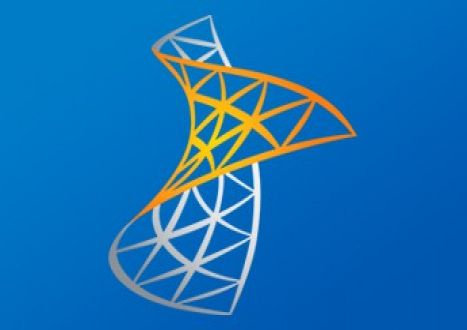









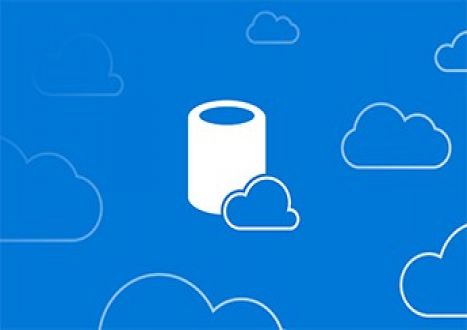


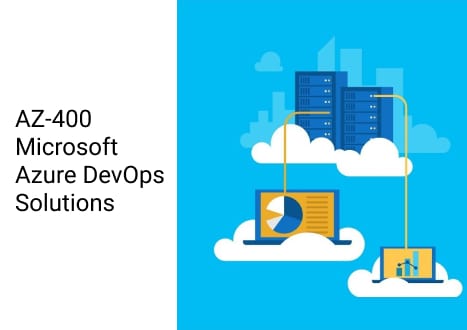





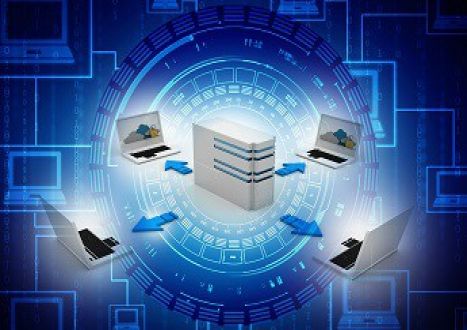



















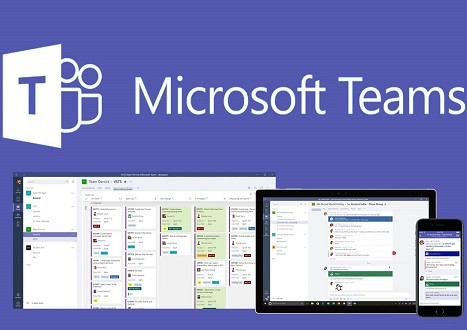














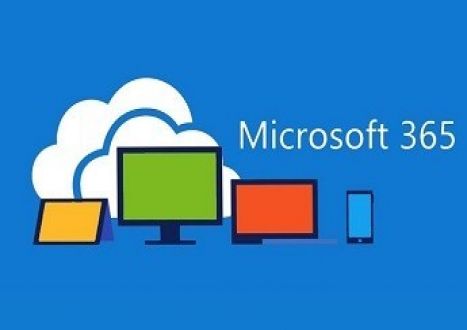

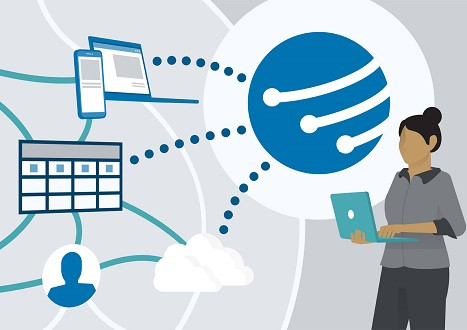
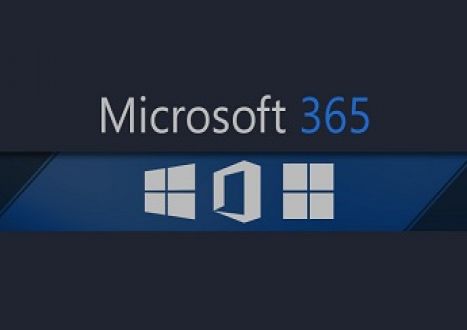









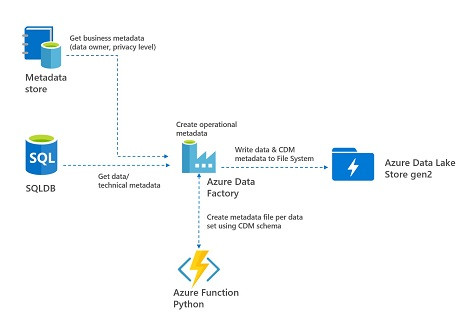


























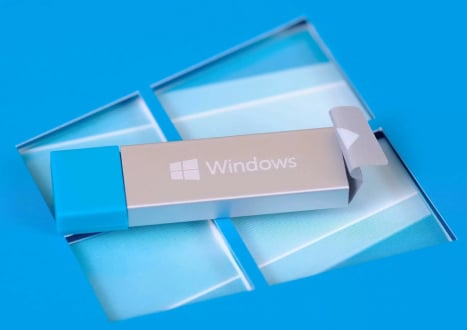












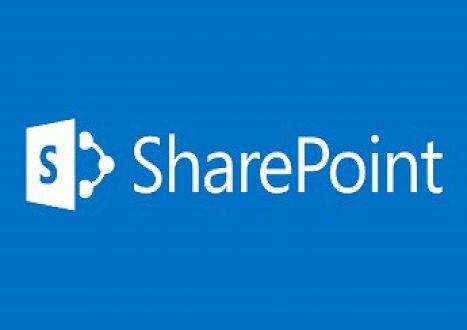















































































































Only Registered Members Can Download VCE Files or View Training Courses
Please fill out your email address below in order to Download VCE files or view Training Courses. Registration is Free and Easy - you simply need to provide an email address.
- Trusted By 1.2M IT Certification Candidates Every Month
- VCE Files Simulate Real Exam Environment
- Instant Download After Registration.
Log into your ExamCollection Account
Please Log In to download VCE file or view Training Course
Only registered Examcollection.com members can download vce files or view training courses.




